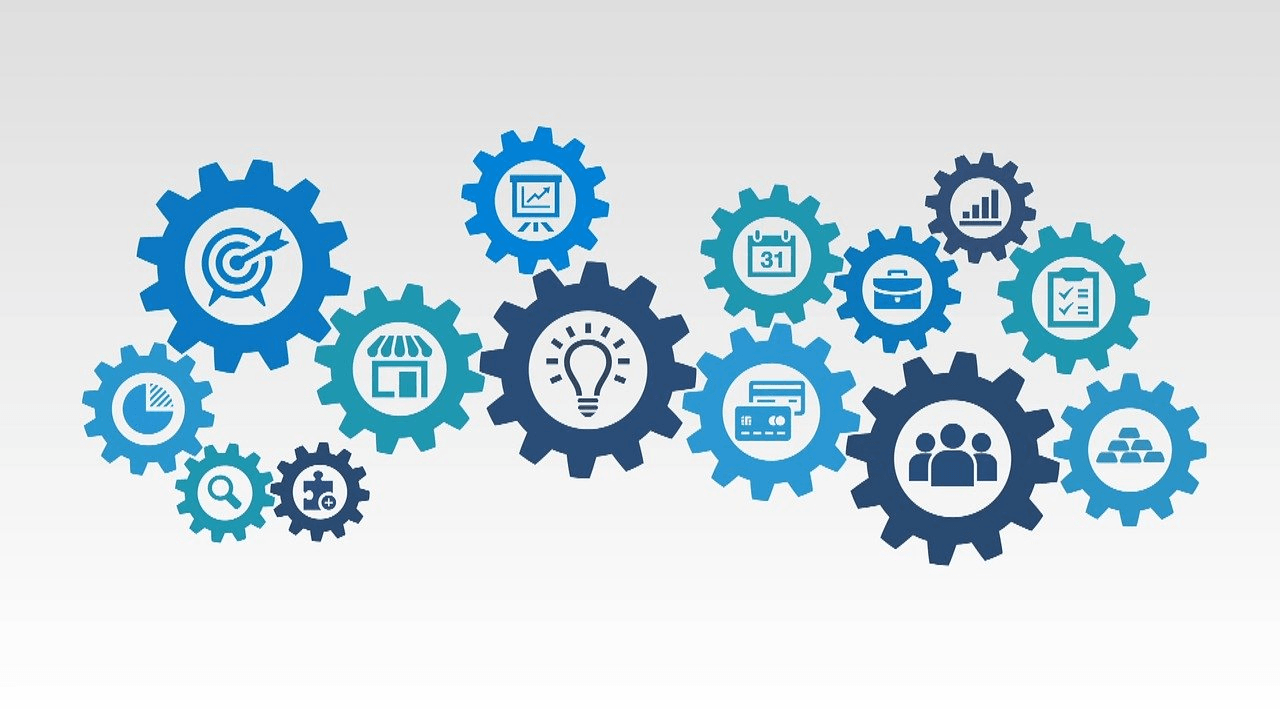Employer Branding - Search for the Holy Grail
Tips on how to identify an employer brand that is authentic to your organisation.
During almost the entirety of my many years tenure in the Human Resources profession, I was consumed with unrelenting curiosity on the concept of Employer Branding. In past years, this fascination has led me to have countless conversations with other HR professionals, business owners, CEOs, Organisational Psychologists, business consultants and people in the academic HR management and commerce world. Most of these discussions while varied and certainly interesting, served only to leave me with more questions and unresolved confusion as to what Employer Branding actually looked like in the applied sense. In some cases, these people tied the concept of ‘Great Place to Work’ philosophy to the notion of Employer Branding. Now, while it is obviously true that this philosophy is important to the success of organisations, I could never really consolidate how Employer Branding related to the concept of ‘Great Place to Work’. If branding is all about understanding the equity or unique differences of a product or service and how to leverage this equity to provide competitive advantage in the market place, how does this possibly relate to the idea of ‘Great Place to Work’? I mean, what kind of organisation strives to be a crappy place to work? Most organisations wanting to retain key talent to be successful will be striving to achieve the concept of a ‘Great Place to Work’, so clearly no real distinctive equity or rocket science in that little gem. Hence, the search for the Employer Branding holy grail continues…
Until, one fine Tuesday afternoon (actually it might have been a Wednesday), I attended a seminar as part of the 2012 Horizon conference being held in Melbourne, Australia. The seminar I attended was on the topic of Employer Branding and was being presented by Mark Ritson, a Professor of Marketing at the Melbourne Business School and seasoned marketing professional in the world of international luxury brands. This seminar was to be a paradigm changing experience and delivered some crucial insight that resulted in a roadmap to the world of applied Employer Branding – happy days!!
According to Professor Ritson, a clever and practical way in which to start building your employer brand is to engage in the same process used by professional Marketing departments to build product / services brands. Hence, the starting point in building any employer brand is to firstly understand the associated brand equity of your organisation. In other words, what does your organisation stand for that is different from all other organisations out there and would be of interest and value to your target employee audience. Understanding your equity and then developing your brand around this equity allows you to build an employer brand that is both authentic and sustainable. So, where to start in developing your employer brand? To follow are some roadmap takeaways from the seminar presented by Professor Ritson, combined with my own experience in supporting an organisation through an Employer Branding process:
1) To understand the brand equity of your organisation, you firstly need to understand what your employees think about your organisation when all the generic thoughts are removed, i.e., employee generic thoughts about the industry they work in, or their specific role or their salary. Whatever is left over is the beginning point from which you can then build your employer brand concepts, concepts that allow you to differentiate yourselves from other organisations. By the way, a very important point made by Professor Ritson which, I completely agree with, around understanding your employee thoughts is that whatever your CEO, or your HR Director, or the Executive team thinks, is quite frankly irrelevant when it comes to the concept of employer brand. In this context, ‘employees’ refers to front of house, front-line employees, e.g. engineers, hospitality & tourism staff, nurses, doctors, production workers, teachers, graphic designers, accountants, live mechanics, etc.
2) A simple, yet effective way to start understanding your employer brand equity is through qualitative research where you go out to your loyal and most talented employees to find out what they value so much about the organisation. Replace generic staff surveys with actually sitting down face to face with your best loyalists (the employees you want to clone) and ask the following types of questions: ‘What do you love about us? ‘What don’t you love about us?’ ‘If you didn’t work here, where would you work?’ These types of questions will give you important insight into what brand concepts are critical to the retention to your most talented employees. In addition, this information achieves a fundamental output of truly understanding your employer brand, the ability to specifically position yourself to target who you want (as opposed to who you don’t want) to join your organisation. When you clearly understand what your best and brightest value and what they don’t value then you are in a robust position to both clearly communicate these brand concepts to the rest of the world while continuing to invest and build strength into these concepts.
3) From an ROI perspective, one of the high-impact outcomes of understanding your brand equity is the ability to develop a strong, aligned, competitive EVP (employee value proposition). An EVP put simply is what benefits an employee will receive in return for using their skills, knowledge and abilities to add value to the organisation. Your EVP, when developed in line with your in-depth understanding of your employer brand equity allows you to explicitly position yourselves to the type of candidate that fits your employer brand. From a competitive standpoint, one of the reasons you ask who your employees would want to work for if they didn’t work for you if so that you can understand who your competitors are from an employee retention perspective and explore what kind of EVPs these competitors are offering to their employees. Again, this helps to build brand concepts insight that can be extremely valuable when building your own EVP and developing your ideal employer brand. From here it is all about offering and continually improving an EVP that is consistently better than competitor organisations so that you can both retain your talent and truly build employee competitive advantage into your organisation.
4) Another key point argued by Professor Ritson is that, when it comes to positioning statements or concepts the tighter the better, he advocates no more than four simple words or concepts. While working for a technology company as GM of HR, my HR team and team members from the Marketing department formed a project team and followed a similar process as outlined above to identify our employer brand. In looking at the common theme answers from our best and brightest, and following the advice of Professor Ritson in developing tight brand concepts, this company established the following concepts: Freedom Matters, Drive Matters, Growth Matters and Diversity Matters. To follow is the link to the company careers page that explores these brand concepts in more detail: dynamiccontrols.com/en/careers . While these brand concepts were important in forming the basis of the positioning and targeting EVP for this company, what was also important is how the company aligned their employer branding to external branding and what matters to their external customers. Dynamic Controls has a core purpose of delivering technical and innovative solutions to enhance the life of people with disabilities, particularly people with mobility disabilities. Freedom to live a better life, achieve successful outcomes through drive and growth and engage in diverse opportunities are all important aspects to the end users of Dynamic Controls products and services. It is with the in-depth understanding of their external customer needs and wants that this company makes business decisions on R & D investment and builds out their product and services solutions portfolio. This in turn, significantly helps build a stronger, more competitive, commercial brand for the company. The unique combination of the four brand concepts of Freedom, Drive, Growth and Diversity is what serves as a powerful, strategic advantage for this company that is hard to replicate by competitor organisations.
In summary, by following a fit for purpose, professional branding process that allows you to identify your own unique brand equity it stops the inevitable outcome of sounding like every other organisation out there. The one thing that employer branding should not achieve. In addition to developing an EVP that is aligned to your brand equity, your brand concepts also allow you to create improved practices in the important areas of People, Capability and Culture. Practices that include establishing recognition criteria that helps recognise people that exemplify your brand concepts, developing sound selection processes such as fit for purpose recruitment testing and questionnaires to recruit targeted employees and creating leadership language, expectations and behaviours that supports the leveraging of your unique employer brand. With my search for the Employer Brand holy grail complete, I can now happily give my full attention to season 7 of Games of Thrones, go Daenerys!
Mary Buckley










